MARKET OVERVIEW
The Food ingredients and agricultural commodities segment's global vanilla market will similarly be guided by a complicated system of trade dictated by regional patterns of production, changing consumer tastes, and changes in regulations and sustainability. Vanilla is not a widely imagined image of an omnipresent flavor in the entire world; rather, it is preceded by the commercial landscape that has a focalized region of production, particularly in Madagascar, Uganda, and Indonesia. These local clusters will decide how the global vanilla market will respond to changes in weather patterns, geopolitical developments, and employee practices in the future.
The global vanilla market will extend its traditional application in food as drug since cosmetics and functional foods will increasingly use natural flavoring agents. This path will likely make the authenticity, traceability, and ethical origin of the vanilla bean increasingly open to interrogation. In addition, the market will increasingly discriminate between natural and artificial vanilla, the former being extracted from Vanilla planifolia pods cured during processing and the latter manufactured by biosynthesis or petrochemical routes. Such distinctions will inform future purchasing decisions among multinational food giants as well as small-scale producers.
Trade in the global vanilla market will remain influenced by export-driven economies, and leading exporters will negotiate issues around logistics, certification, and quality management. Volatile patterns of pricing will force longer-term contracts and vertical models of integration. Nations that stand at the pinnacle of the supply chain at present will have to factor volume in with sustainability efforts, particularly with traceability having become a benchmark standard for international markets.
The global vanilla market size will also be driven by increasing engagement of smallholder farmers and cooperatives. Decentralized value chain, even if sometimes fragmented, will receive additional organizing encouragement from regional policy institutions, online platforms that promote farm-to-market linkages, and non-governmental organizations. All these will provide the producers with access to market that was before out of reach for them on account of either scale or certification.
As flavor innovation trend continues to shift, producers will look to further differentiated vanilla profiles driven by origin, curing methods, and levels of fermentation. These differentiators will create new niche areas in the global vanilla market as consumers demand transparency, craft, and origin designation. This consumer quest for provenance will drive the way producers position and label their products, from the design of the pack to the marketing story.
The global vanilla market will also witness greater participation from biotechnology and houses of flavors that attempt to recreate the flavor of vanilla without exclusively relying on nature. Such innovations will bring competition as well as complementarity in the value chain, especially as sustainability norms become stricter. While synthetics grow more tolerated in industrial usage, natural vanilla's superior cultural and market premium will continue to be attractive, particularly in high-end product lines.
In short, the Global Vanilla Market will be a multifaceted industry with both agricultural realities and consumer attitudes. It will continue to be at the mercy of weather conditions, government regulations, and technological developments. As it evolves to serve future demands, farmers, traders, and makers will be required to match heritage with adaptation to keep the supply chain credible and meaningful to markets.
Global vanilla market is estimated to reach $6,002.68 Million by 2032; growing at a CAGR of 6.2% from 2025 to 2032.
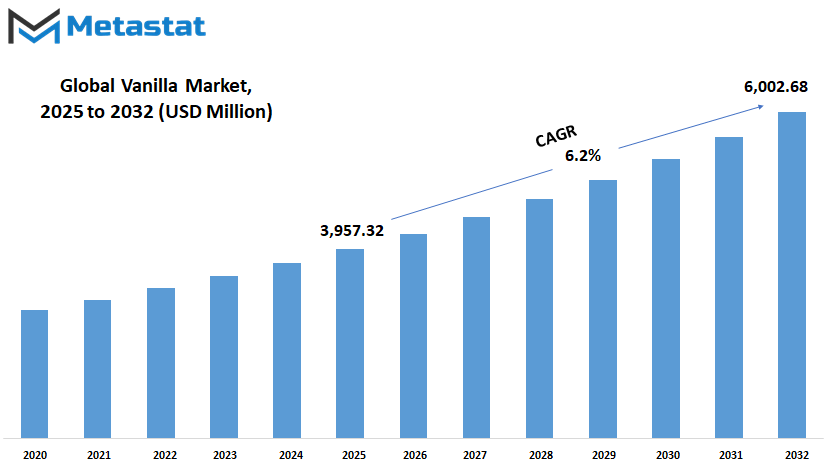
GROWTH FACTORS
The global vanilla market is bound to experience a massive revolution with various aspects influencing its growth and expansion. The major reason behind the growth of this market is the rising demand for organic and natural products. People are becoming more conscious of what they consume and prefer vanilla naturally derived rather than artificial ones. This shift in customer demand is compelling manufacturers to take more care to cultivate and offer natural vanilla, thereby supporting the overall development of the market.
The increasing use of vanilla throughout the food and beverage industry is yet another significant element propelling the growth of the global vanilla market. Vanilla is a significant ingredient in most products, from dessert food to beverages, and adds unique flavor value to such commodities. The higher corporations intend to produce appealing products to entice consumers, the higher the demand for quality vanilla will grow, continuing to develop the market.
Despite these positive features, there are a few problems that could keep the world vanilla market from growing. One of them is the comparatively high cost of natural vanilla compared to man-made substitutes. That cost difference could dissuade some producers from utilizing natural vanilla alone, especially when dealing with tight budgets. Furthermore, vanilla cultivation is a labor- and time-intensive process highly dependent on exact weather patterns. Any change in weather patterns or agricultural issues can impact supply, and it will be more challenging to meet growing demand.
In the meantime, there are emerging opportunities that will benefit the world vanilla market. Advances in agricultural technology and farming practices may result in increased vanilla production and lower costs of production. This would make natural vanilla more accessible to consumers and producers. Also, as more and more countries promote sustainable agriculture and fair trade, the vanilla market is likely to become more stable and expanded. These are likely to create an environment in which producers can thrive and evolve in response to the increased demand.
Overall, the global vanilla market is driven by factors that promote and restrict its growth. The growing demand for natural ingredients and the growing demand for vanilla in various products will drive the market. However, challenges like price and cultivation problems will need to be dealt with tactfully. With innovative cultivation processes and sustainability emphasis, the market will enjoy optimistic opportunities for growth and meeting future demands.
MARKET SEGMENTATION
By Product Type
The global vanilla market is expected to grow in the near future as greater demand for natural flavors is noticed within the food and beverage sector. Vanilla is a flavoring material in high demand that is used universally across different industries, including confectionery, dairy, and cosmetics. This growth will be augmented by a growing need for natural and organic products as individuals end up becoming more health-and-environment-concerned. The unique odor and taste of vanilla make it an essential ingredient in most recipes, and this will also increase its popularity worldwide.
If we take the market in product types, then it is mostly divided among vanilla beans, vanilla extract, vanilla powder, and vanilla paste. Vanilla beans, being pure and original, will always be in demand, especially with gourmet chefs and specialty food manufacturers seeking the best possible flavor. Although beans' supply can be short owing to growth conditions and harvesting problems, which may affect their supply in the long run.
Vanilla extract, made by steeping vanilla beans in alcohol or other solvents, will be utilized more because it is convenient and lasts longer. Vanilla extract provides a guaranteed flavor and ease of application in commercial and home cooking as well. More money will be spent by companies developing the process of extraction for better quality and less cost, making vanilla extract affordable to more consumers.
Vanilla powder, which is produced by grinding ground vanilla beans, is another choice that is becoming more popular. It is easy to ship and store, and it can be used in dry mixes and for baking. This form of vanilla will become even more popular as food producers search for ways to make production easier without losing flavor.
Vanilla paste is a combination of the finest qualities of vanilla beans and extract, forming a dense, thick product containing vanilla seeds for texture as well as aesthetic appeal. Its use will be likely to increase in higher-quality bakery products and desserts, where both appearance and taste are important.
Going forward, the global vanilla market will respond to changing consumer demands and advances in processing technology. More importance will be given by buyers to sustainability and ethical sourcing as they increasingly become aware of vanilla's cultivation and production. Technology will introduce new forms of vanilla products that are convenient, stable, and green. In general, the market will continue to expand since vanilla is a widely used ingredient worldwide, supported by its natural popularity and versatility.
By Application
The global vanilla market shall be undergoing tremendous changes as demand from various industries continues to rise. Vanilla, the fragrance and flavor enjoyed for centuries, holds a unique place in many products used on a daily basis. Not only is it treasured for its sweet scent but also due to its role of delivering functional benefits, thus making it versatile across industries. In the future, vanilla will remain vital in food and beverages because people still seek natural and genuine flavor for their food. This desire makes manufacturers incorporate vanilla into various items from desserts, pastries, and beverages, adding depth and complexity that is not achievable with artificial flavors.
Besides beverages and food, the cosmetics and personal care industry will also rely increasingly on vanilla due to its soothing scent and benefits to the skin. Vanilla is extensively used in personal care products like lotions, creams, and perfumes, where its soothing scent can increase customer experience. While individuals use increasingly more products with natural ingredients, the demand for vanilla-based personal care products will grow stronger. The market will likely see new innovations where vanilla is the focal point, either as an ingredient in another natural extract or as a lead ingredient that drives well-being and self-care trends.
Pharmaceuticals will also propel the growing demand for vanilla. Its application in this field goes beyond medicine flavoring to include use in aromatherapy and health products. Vanilla's calming properties can be further cultivated in future applications, bringing relief and comfort to countless treatments. This advancement could result in more research and development of vanilla pharmaceutical products, further growing the market.
Finally, other businesses will also find new uses of vanilla. Ranging from local applications to special niches, vanilla's versatility allows it to have different applications. With more people developing consciousness regarding the ingredients of what they apply and ingest, the popularity of vanilla as a natural and benign alternative will be solidified. In the coming times, the global vanilla market will keep growing steadily with innovation and increasing knowledge about the benefits of vanilla. This growth will reflect the manner in which vanilla uses change and expand to cater to different industries while retaining its timeless popularity.
By Distribution Channel
One of the critical elements of the analysis of this market is the channels by which the vanilla is supplied to the consumers. The channels define how the products are sold, marketed, and distributed, which directly affects availability and accessibility. Among the many options, supermarkets and hypermarkets are the dominant ones at the moment by offering a range of vanilla products. They have raw beans, extracts, and flavorings from these large retail outlets. They will continue to influence the market by making vanilla products more popular among frequent shoppers by expanding their organic and natural foods area.
Convenience stores are also helping the world vanilla market with instant and convenient access to vanilla products, especially in urban areas. Convenience and speed being their value proposition, they will last longer as more people look for fast solutions to their cooking and baking needs. Convenience stores might, nevertheless, struggle to stock a wide variety of vanilla items due to space limitations, risking the extent of product variety sold in this distribution channel.
Expansion of e-commerce shopping will become a game-changer for international vanilla consumption. Online stores will allow consumers to see and purchase more vanilla items than typically available in traditional stores. This convenience will further enable specialty vanilla brands and niche products to reach greater numbers of consumers, allowing customers to have more options for quality and distinctiveness. As technology continues to advance, shopping online will be further simplified with better delivery systems and custom shopping experiences that consumers will desire to do more often.
Specialty stores, with their focus on gourmet and high-end products, will remain attractive to those interested in premium vanilla options. They provide an exclusive shopping experience and expert knowledge, which add value to the products they retail. Specialty stores can be expected to build stronger presence in-store as well as online in the future, benefiting from growing consumer demand for artisanal and genuine vanilla.
Lastly, cafes and restaurants within the foodservice sector will remain vital in the global vanilla market. Such businesses rely on vanilla to enhance the taste of their offerings, and since they try out new recipes, the demand for vanilla will be higher. The foodservice channel will benefit from partnerships with suppliers who provide consistent, high-quality vanilla products so that restaurants can maintain the flavor and quality that customers expect.
All in all, the global vanilla market will expand in various directions as channels shift to accommodate new consumer demands. Supermarkets and hypermarkets will still provide broad availability by convenience stores to accommodate fast-paced demands, online selling will provide new opportunities, specialty stores will present premium consumption, and foodservice will drive demand through innovation. As a whole, these channels will shape the destiny of the vanilla market, opening up this favorite flavor to more and more people around the world.
|
Forecast Period |
2025-2032 |
|
Market Size in 2025 |
$3,957.32 million |
|
Market Size by 2032 |
$6,002.68 Million |
|
Growth Rate from 2025 to 2032 |
6.2% |
|
Base Year |
2024 |
|
Regions Covered |
North America, Europe, Asia-Pacific, South America, Middle East & Africa |
REGIONAL ANALYSIS
The global vanilla market has been found to be highly robust and possesses great potential in the coming times. Vanilla, being a natural flavoring obtained from vanilla beans, possesses extensive use in food and beverage items, and hence it is a common ingredient in most homes and businesses across the world. As a result of increased demand for natural and organic products, the demand for vanilla keeps increasing, driving the market. In the future, the international vanilla market will continue to expand with the influence of shifts in consumer preference and supply chain evolution.
One of the essential aspects of this market's analysis is the medium through which the vanilla reaches the consumers. The channels determine by which and how the products are sold, marketed, and distributed, thereby directly influencing availability and accessibility. Of all the available options, supermarkets and hypermarkets are the current leaders with the provision of varieties of vanilla products. They offer raw beans, extracts, and flavorings from such large retail stores. They will also keep impacting the market by popularizing vanilla items among regular buyers by increasing their organic and natural foods section.
Convenience stores are also assisting the world vanilla market in terms of instant and easy access to vanilla products, particularly in urban centers. Convenience and speed being their selling proposition, they will endure longer as more consumers seek quick solutions to their cooking and baking requirements. Convenience stores may, however, find it difficult to carry a large assortment of vanilla items owing to space constraints, jeopardizing the scope of product assortment sold in this distribution channel.
Growth of e-commerce shopping will be a game-changer for global vanilla consumption. Internet shops will permit customers to visualize and buy more vanilla products than are normally stocked in conventional shops. This accessibility will further permit specialty vanilla brands and niche products to get to more consumers, enabling customers to have more choices for quality and uniqueness. As technology keeps improving, online shopping will be made simpler with improved delivery systems and personalized shopping experiences that customers will want to do increasingly.
Specialty stores, being dedicated to gourmet and premium products, will continue to be appealing to consumers interested in upgrading to higher-end vanilla products. They deliver a unique shopping experience and specialist knowledge, enhancing value on the products they sell. Specialty stores are likely to establish deeper presence in-store and online in the future, as an increasing consumer demand for artisanal and real vanilla continues to grow.
Finally, restaurants and cafes in the foodservice industry will continue to be critical in the global vanilla industry. These establishments depend on vanilla to season their products, and because they experiment with different recipes, demand for vanilla will be greater. It will help the foodservice channel through collaborations with suppliers who offer reliable, high-quality vanilla products so that restaurants can uphold the flavor and quality expected of them by their customers.
Overall, the world vanilla market will grow in different directions as channels adapt to serve new consumer needs. Supermarkets and hypermarkets will continue to offer widespread availability by convenience stores for hectic demands, online retailing will offer new prospects, specialty stores will offer premium consumption, and foodservice will spearhead demand through innovation. Collectively, these channels will define the future of the vanilla market, bringing this beloved flavor to ever greater numbers of individuals across the globe.

COMPETITIVE PLAYERS
The global vanilla market is expected to grow and evolve significantly in the next several years with a battle amongst key players intensifying. They are not only seeking to produce vanilla of the highest quality but are also exploring how to innovate and keep pace with the increasingly high demand for natural flavoring. Market leaders such as Nielsen-Massey Vanillas, Inc., McCormick & Company, Inc., Symrise AG, and Givaudan SA are always seeking to cement their hold by improving manufacturing processes and venturing into new markets. Their initiatives will determine the way vanilla is being sourced, processed, and delivered to consumers worldwide.
Competition for vanilla in the global market in the future will be not just about product quality but about sustainability and ethical sourcing as well. People will be more interested in where their food comes from and how it is made. Hence, companies like Sensient Technologies, Firmenich SA, and Synthite Industries Ltd will probably focus on sustainable methods of production. These will include helping farmers, reducing waste, and producing vanilla alternatives that do not change the natural taste but decrease environmental impact.
As more players enter this business, small and new businesses such as Prova SAS, Lafaza Foods, and Ever Organic will bring new concepts and special products. Their agility will allow them to quickly follow changing fashions and customer trends, which can force existing businesses to change. Tharakan & Company, Eurovanille, and Flavorchem Corporation are most likely to emphasize innovation in flavor development in order to stay competitive. They will also strive to enhance vanilla's uses by researching its availability for use in other industries beyond the food and beverage sector.
Technology will become more important in the global vanilla industry. New processing and extraction technology will enable Kerry Group and Lochhead Manufacturing Company to produce vanilla at less expense with better consistency. New advances will reduce cost and improve supply reliability, an essential factor considering vanilla's vulnerability to climate and geography.
On the whole, the competitive environment for the global vanilla market will be more vibrant. Only those firms that will be able to combine quality, sustainability, and innovation will be in a better position to dominate the market. The future demands collaboration among producers, suppliers, and scientists to meet global demand while maintaining ethical practices. This unrelenting competition will propel the whole market towards expansion and forward-looking change.
Vanilla Market Key Segments:
By Product Type
- Vanilla Beans
- Vanilla Extract
- Vanilla Powder
- Vanilla Paste
By Application
- Food & Beverages
- Personal Care & Cosmetics
- Pharmaceuticals
- Others
By Distribution Channel
- Supermarkets/Hypermarkets
- Convenience Stores
- Online Retail
- Specialty Stores
- Foodservice
Key Global Vanilla Industry Players
- Nielsen-Massey Vanillas, Inc.
- McCormick & Company, Inc.
- Symrise AG
- Givaudan SA
- Sensient Technologies
- Firmenich SA
- Synthite Industries Ltd
- Prova SAS
- Lafaza Foods
- Ever Organic
- Tharakan & Company
- Eurovanille
- Flavorchem Corporation
- Kerry Group
- Lochhead Manufacturing Company
WHAT REPORT PROVIDES
- Full in-depth analysis of the parent Industry
- Important changes in market and its dynamics
- Segmentation details of the market
- Former, on-going, and projected market analysis in terms of volume and value
- Assessment of niche industry developments
- Market share analysis
- Key strategies of major players
- Emerging segments and regional growth potential



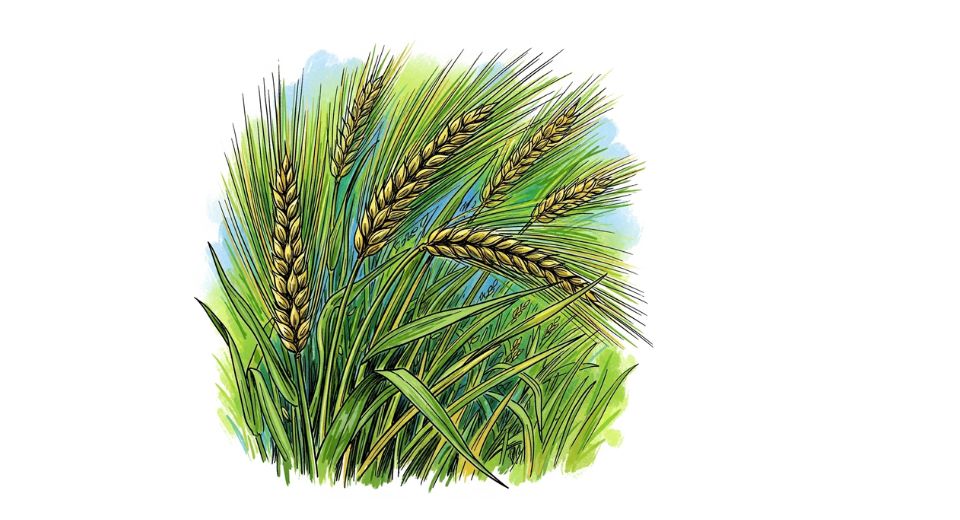
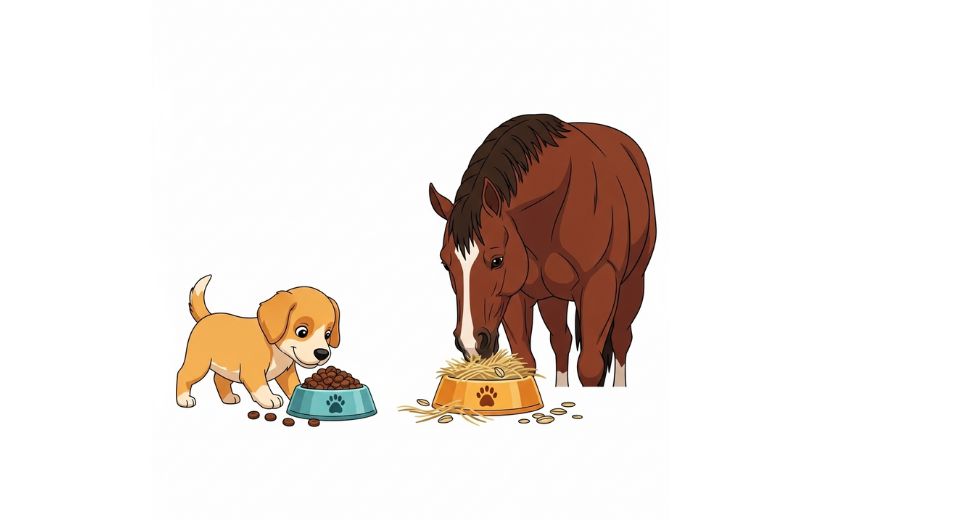
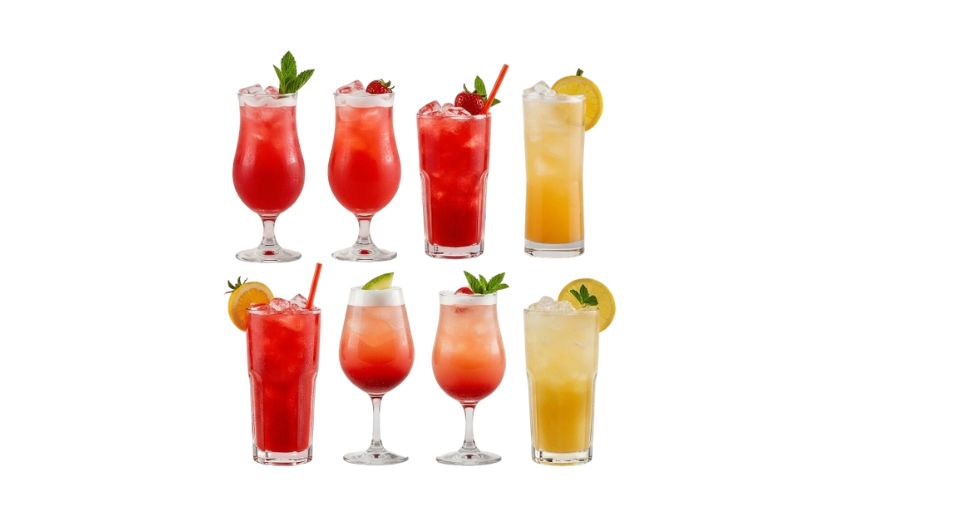
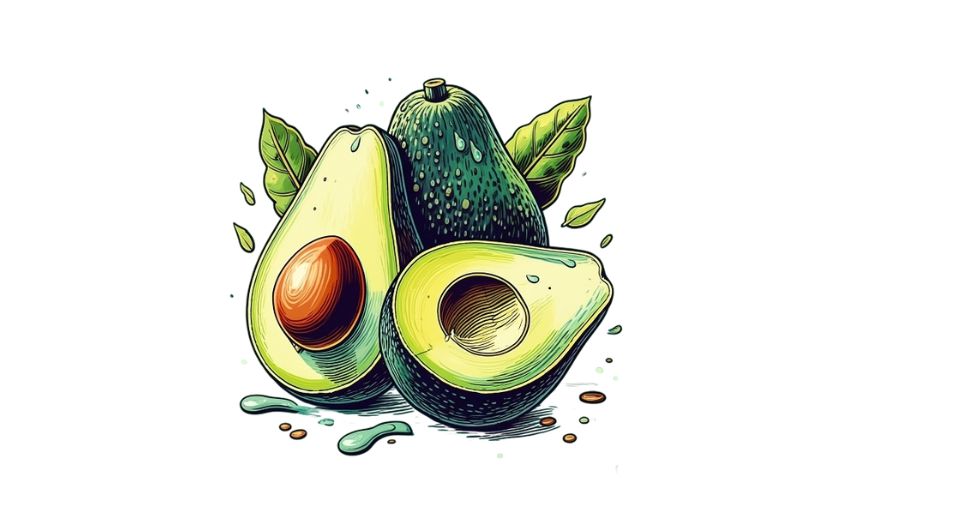

 US: +1 3023308252
US: +1 3023308252






